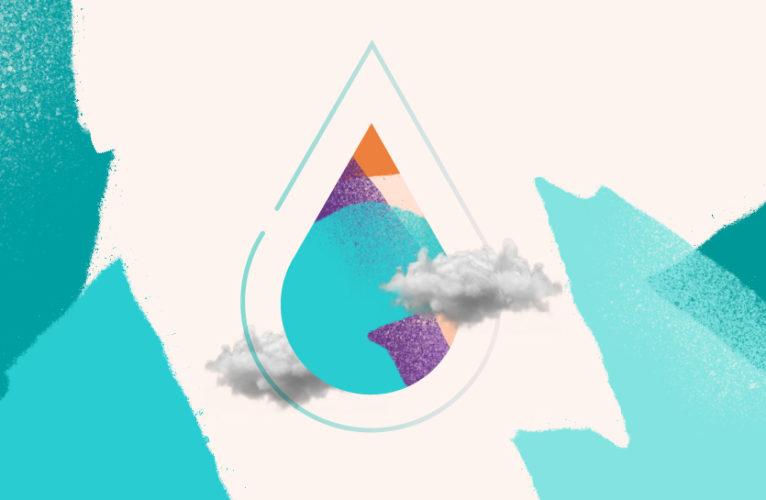At these sizes, they can enter biogeochemical cycles that occur in the ocean and subsequently enter the food chain. They climb trophic levels, from plankton, to herbivorous fish, to carnivorous fish, until they ultimately end up on our dinner plate and in our drinking water. Humans are not only using plastics in many facets of daily life, they are also unknowingly consuming them at alarming rates.
“Humans are not only using plastics in many facets of daily life, they are also unknowingly consuming them at alarming rates.”
How plastic enters the food chain
Almost 80% of all the plastic waste ever produced is either in a landfill or the natural environment. In a study published in 2015, scientists found that 4.8 to 12.7 million metric tons of plastic entered the ocean from waste generated on land in 2010. As many cities are located in coastal areas, these numbers are estimated considering population density, economic status, and quality of waste management systems that are in place.
These estimates are much higher than the reported mass of floating plastic debris in high-concentration ocean gyres, indicating that plastics spread vertically throughout the water column, and there is much more plastic pollution in the ocean than we think.
Once in the ocean these plastics are harmful to marine animals that mistake the broken down plastic for food. Due to the properties of plastics that make it durable and flexible, the plastics stay in the ocean for hundreds of years where they absorb toxins from their surroundings and infect marine organisms at all levels of the food chain.
Even when they break down, these plastics and their harmful impacts don’t just go away; these plastics continue to wreak havoc on marine ecosystems and human health for generations to come.
Primary microplastics, for example clothing fibers and the tiny beads found in some toothpastes and shower gels, present concerns beyond their effects on ocean ecosystems. When these substances get washed down our drains, the microplastics leach into our water systems. Wastewater treatment plants are not designed to filter out microplastics and therefore these microplastics end up in our drinking water.
The impact of plastic on human health
The negative impacts of plastic don’t stop in the ocean. As the microplastics are transported by ocean currents, they distribute vertically within the water column and settle on the ocean floor. This is where uptake into the food chain begins.
The effects of this uptake are seen in a recent publication from 2018 that examines the abundance of microplastics found in globally sourced tap water, beer, and salt. With multiple published studies that indicate risks to human health from ingesting plastic, these scientists wanted to investigate just how much plastic humans are consuming.
These teams found that the average person ingests over 5,800 particles of synthetic debris from tap water, beer or salt annually, with the largest contribution coming from tap water. A study from the University of Newcastle in Australia suggests that an average person could be ingesting the equivalent of a credit card’s worth of microplastics every week.
Prior to ending up in drinking water, these particles absorb chemicals from their surrounding environment, some of which have been shown to be reproductive toxins and carcinogens. These microplastics are consumed by small fish, who are then consumed by larger fish that we eat.
These microplastics bioaccumulate up the food chain and end up concentrated on our dinner plate. These plastics also contain endocrine disrupting toxins such as bisphenol A (BPA- used to keep the plastic from corroding or reacting with the food it’s containing) and phthalates (substances added to plastic to make it more flexible, durable, and transparent).
When consumed by humans, these substances can create hormonal and developmental issues. The intersection of human health and plastics is still being studied and we do not have an extensive understanding of the health impacts plastics can have on humans. However, at the rate that humans are ingesting plastic, serious measures need to be taken to control plastic pollution and human exposure to plastic.
So, what can you do?
Although the convenience of single-use plastics is appealing, the hidden costs associated with its use are slowly being exposed. The reality is, plastics are degrading natural ecosystems and posing a threat to public health.
Plastics have found their way into most industries in the modern world. The most impactful action you can take is to consume and buy less.
Editor’s note: As a consumer, you can do your research when it comes to how you will consume to avoid plastic. As a donor, you can give to charities that help reduce plastic pollution in our oceans and ecosystems. Find out more below.

